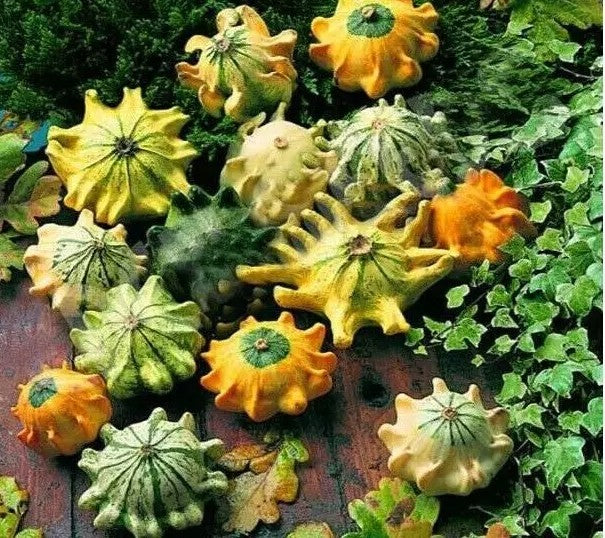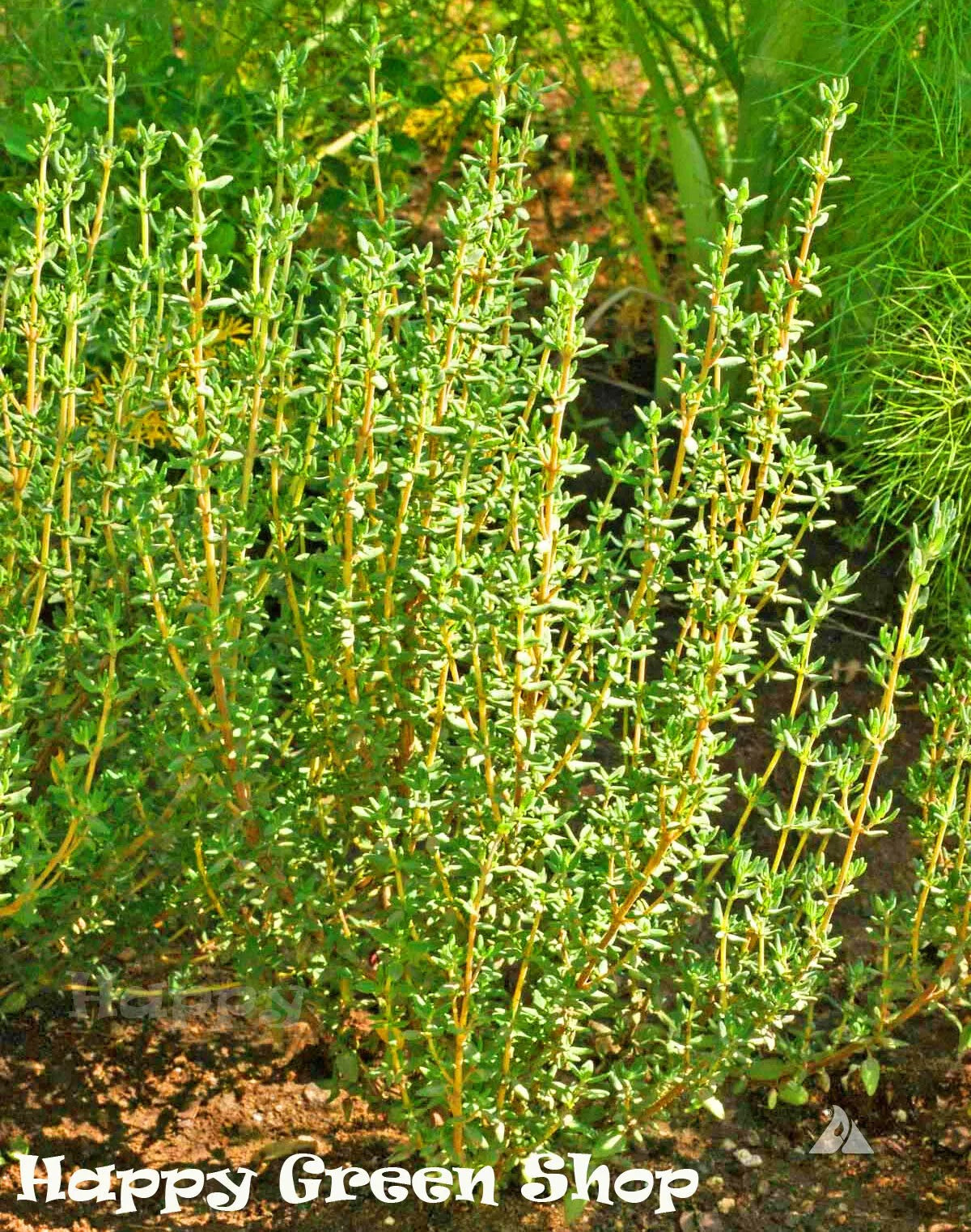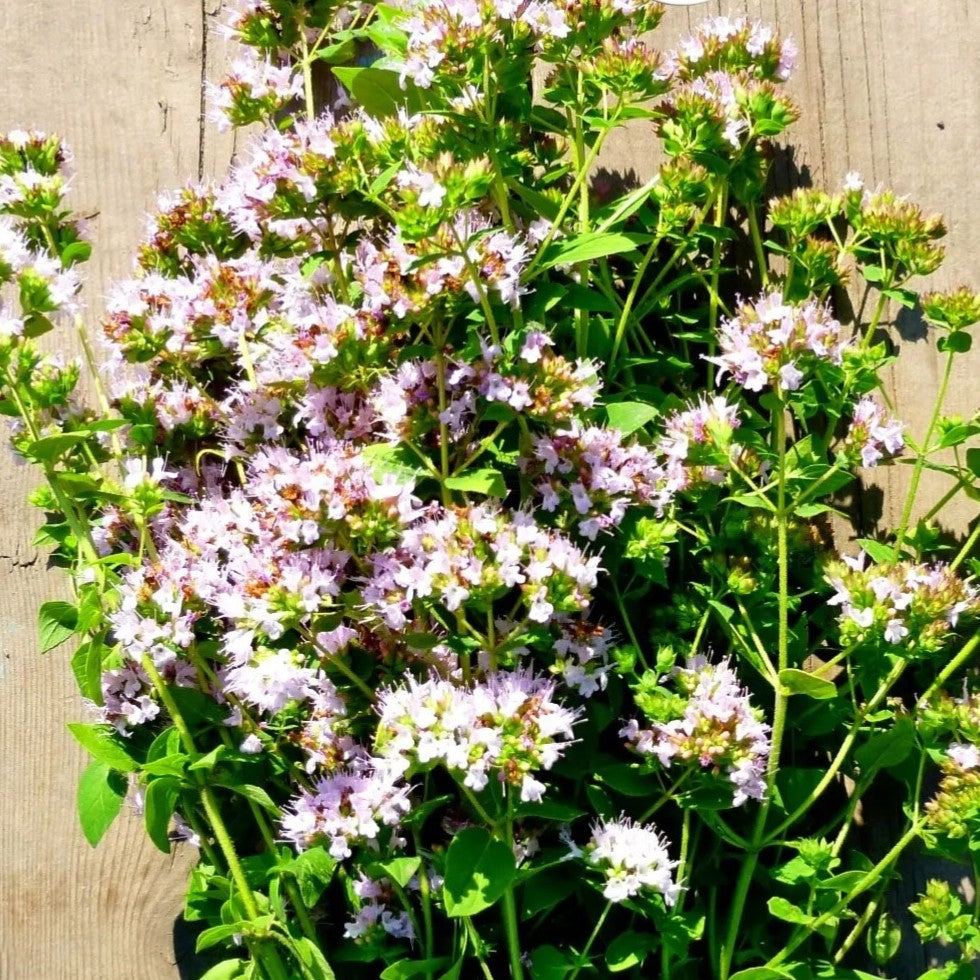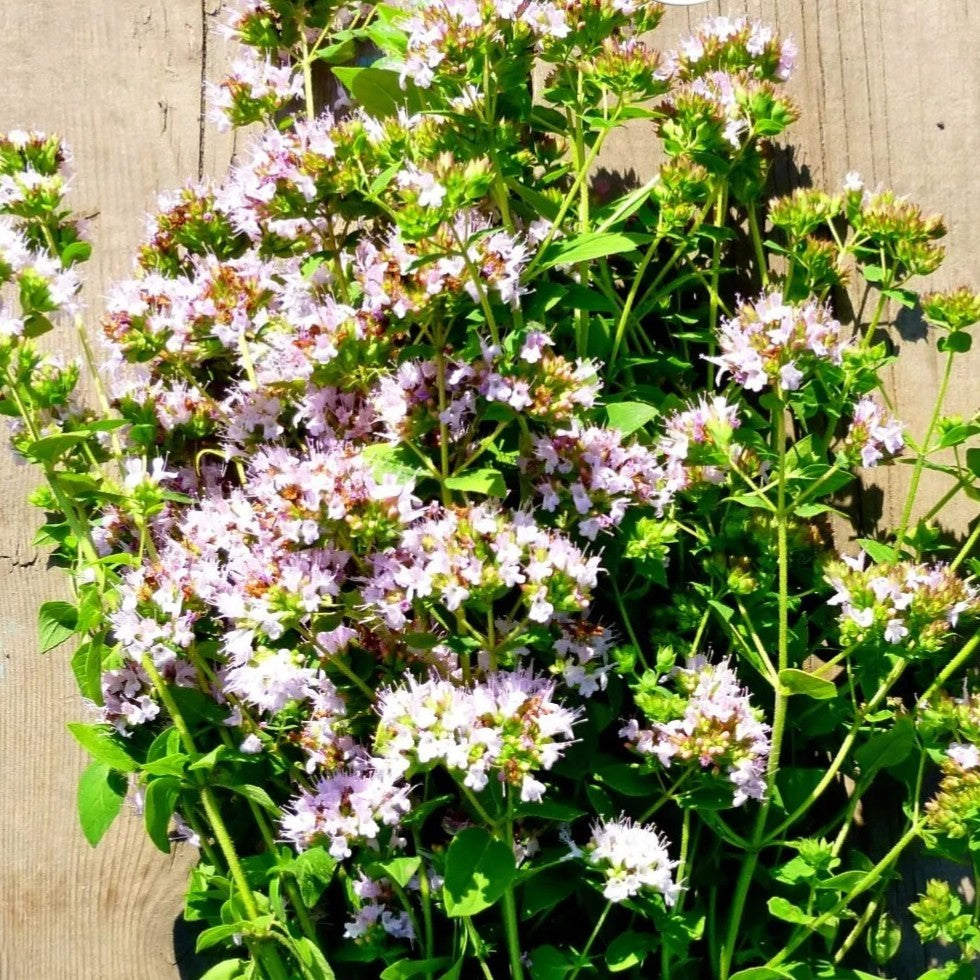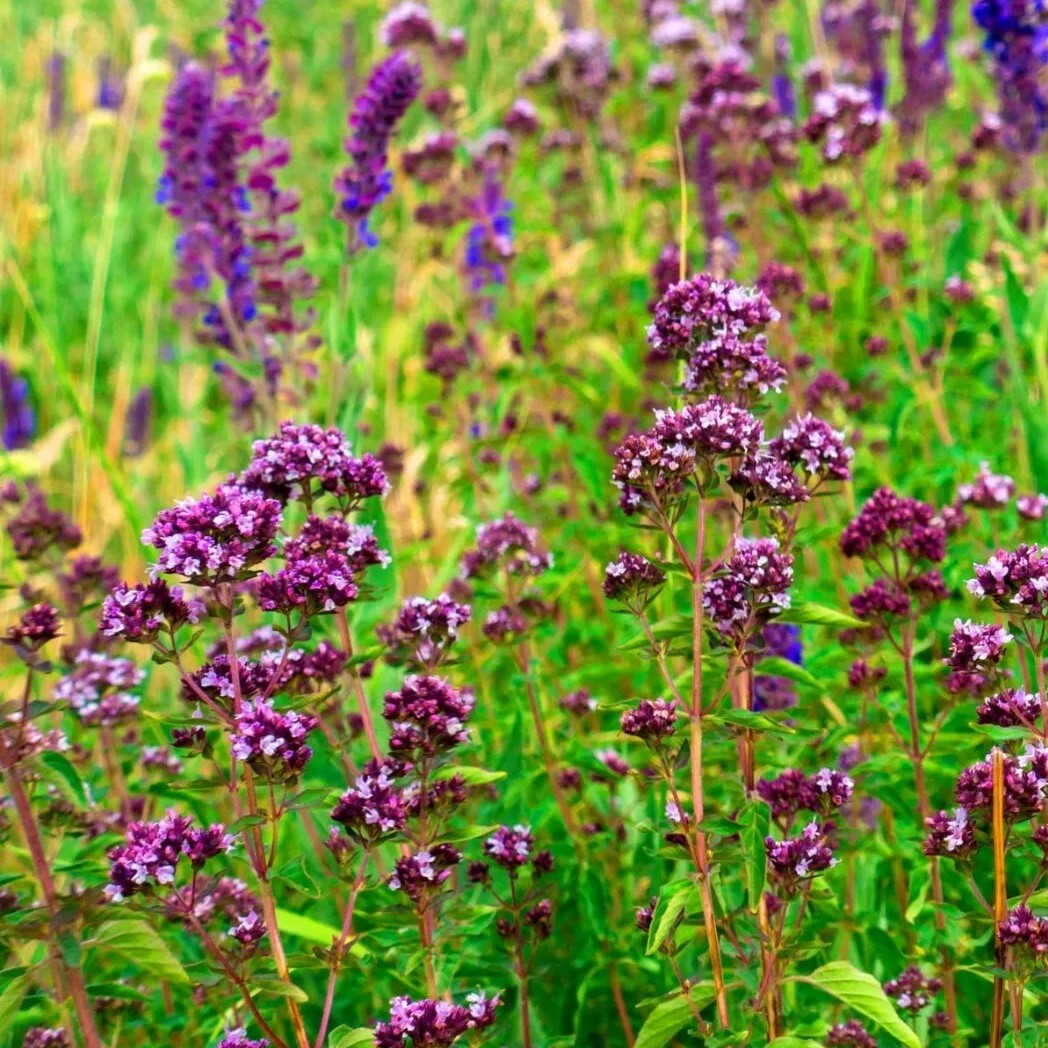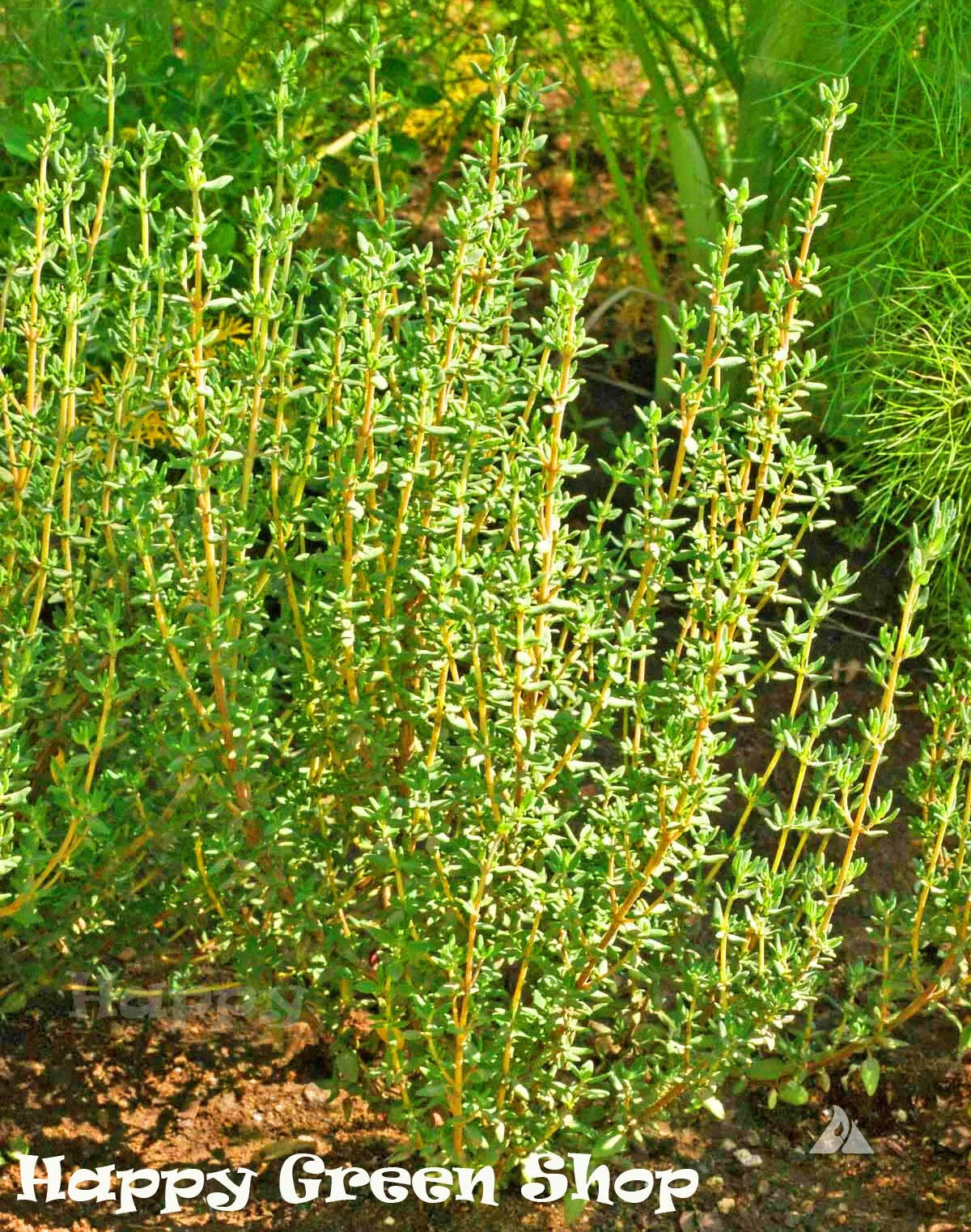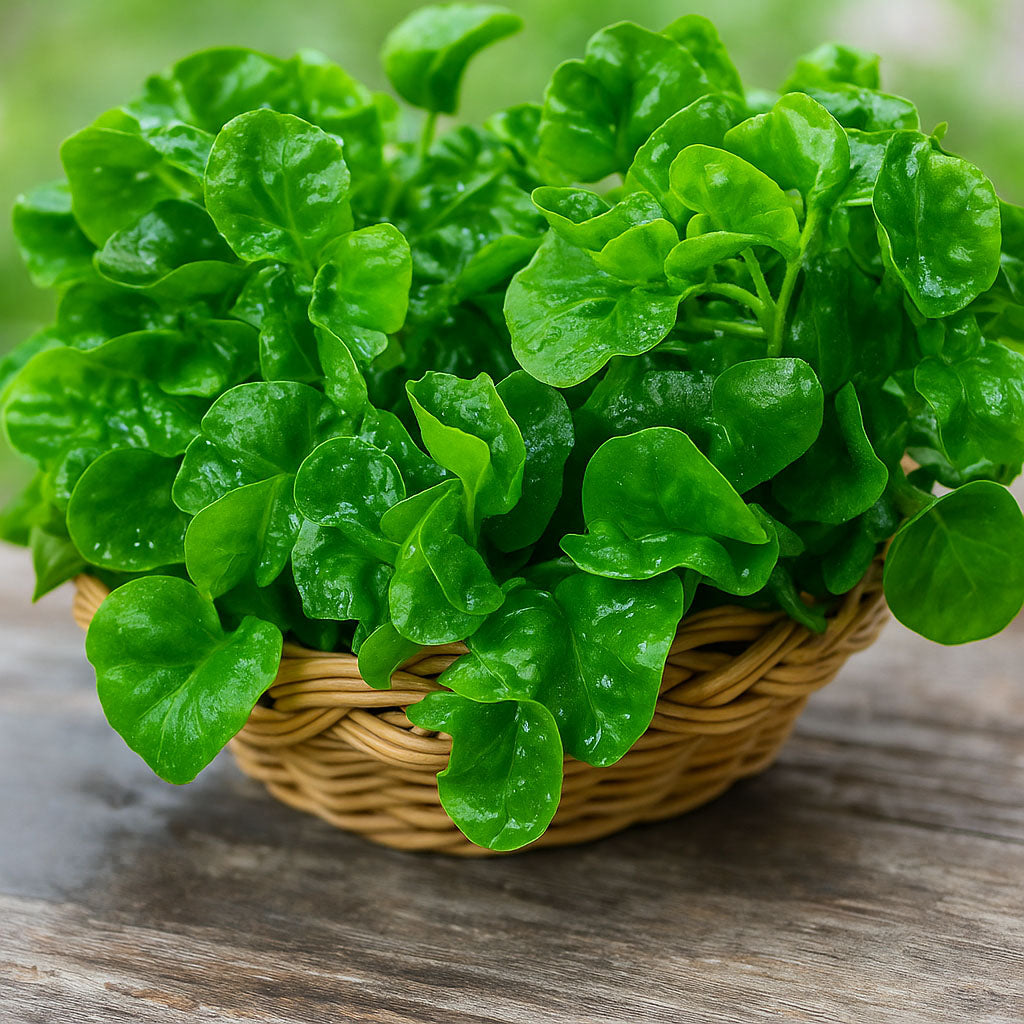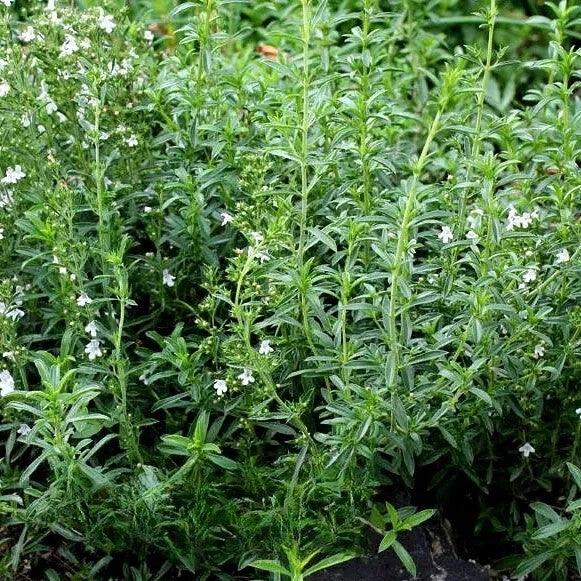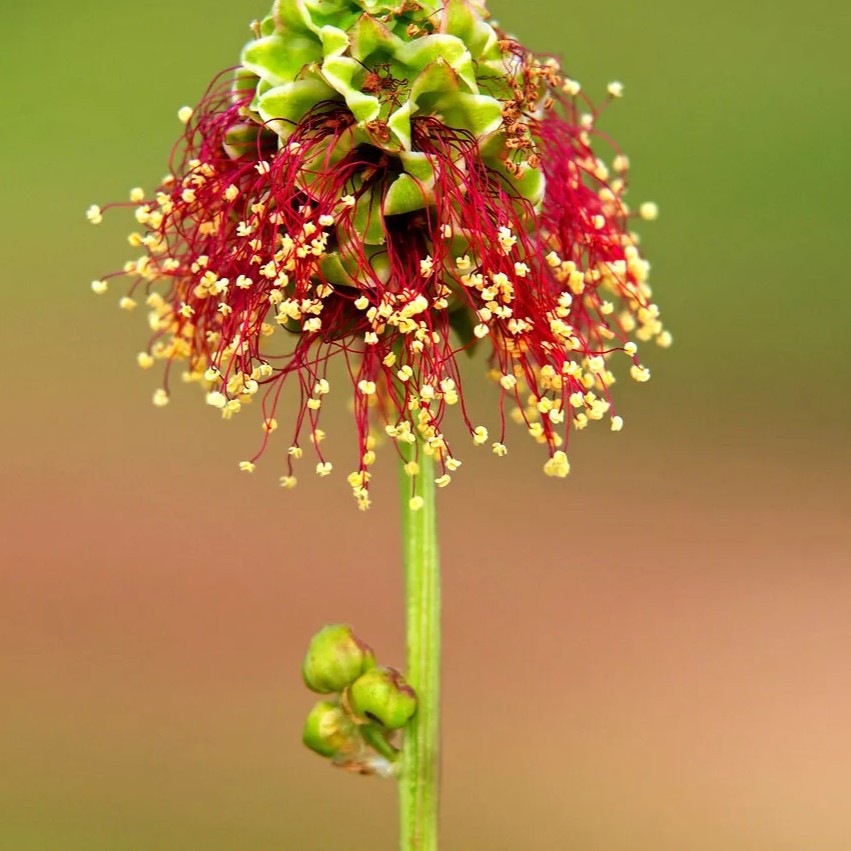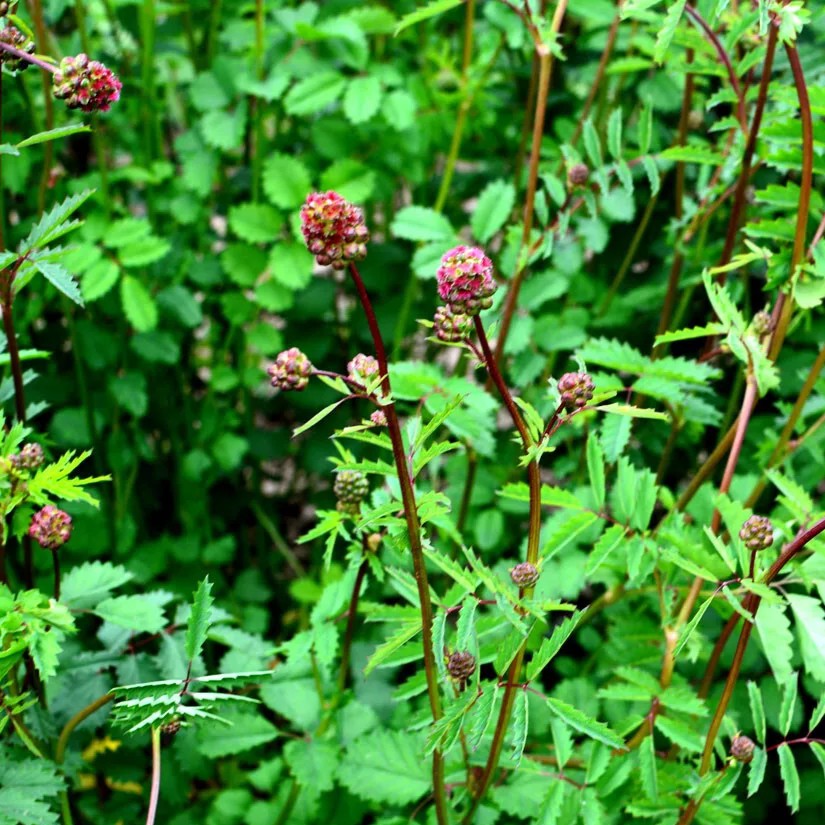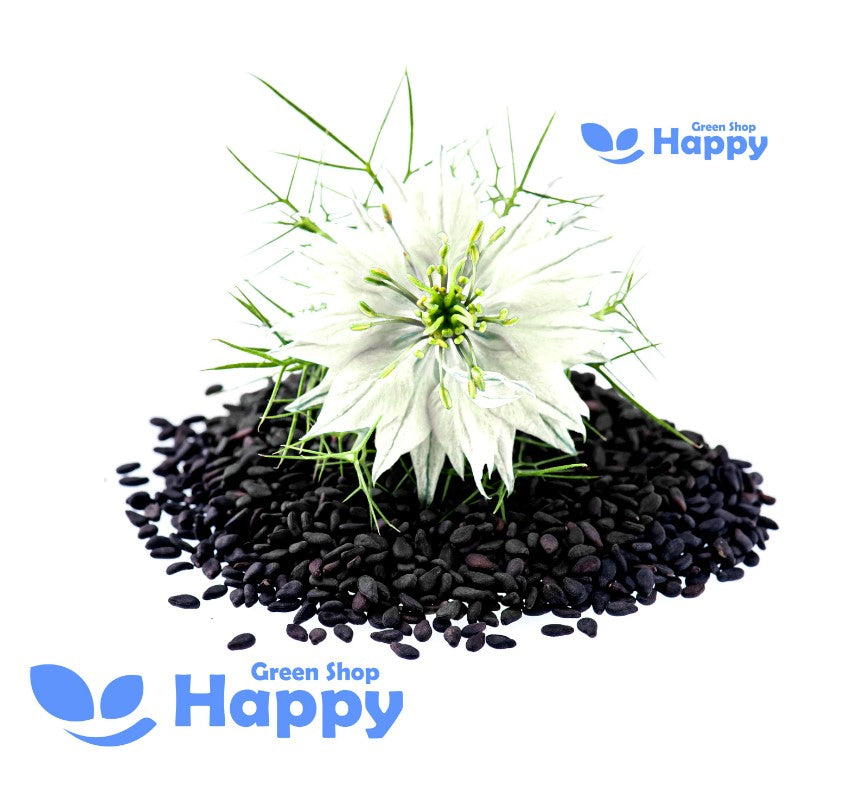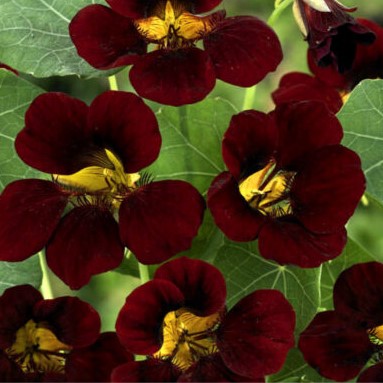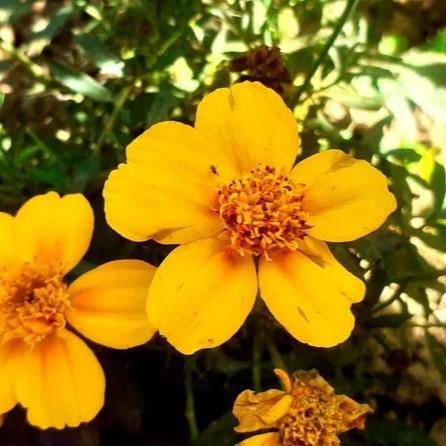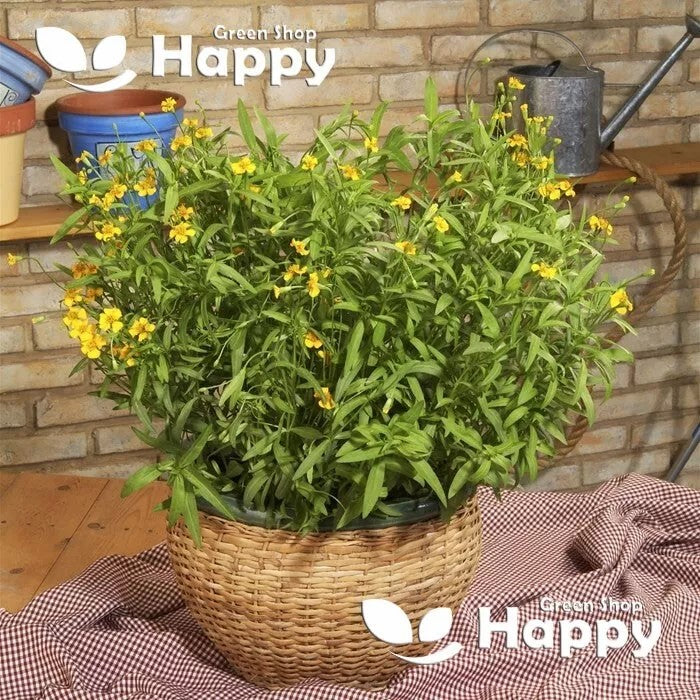Sort by:
32 products
32 products
Discover the uniqueness
Experience the delightful flavor and health benefits of Herbal Blends.
Wild Marjoram – Oregano – Seeds (Origanum vulgare)
Wild Marjoram (Oregano) is a hardy perennial herb cherished for its fragrant leaves and delicate pink-purple flowers. A staple of Mediterranean cooking, oregano adds a rich, earthy flavor to pizzas, pasta, sauces, and roasted vegetables. Beyond the kitchen, its nectar-rich flowers are a magnet for bees and butterflies, making it a wonderful addition to herb gardens, borders, and pollinator-friendly spaces.
How to Grow
-
Sow indoors: March – May in seed trays or pots.
-
Transplant outdoors: After the last frost in a sunny, well-drained spot.
-
Spacing: 25–30 cm apart.
-
Oregano prefers light, well-drained soil and thrives in warm, sunny conditions.
Key Features
-
Aromatic herb essential for Mediterranean cuisine
-
Hardy perennial, easy to grow
-
Attracts bees and butterflies with summer blooms
-
Suitable for pots, containers, or borders
-
Drought-tolerant once established
Ideal For
-
Culinary herb gardens
-
Fresh or dried use in cooking
-
Pollinator-friendly borders
-
Container growing on patios or balconies
Sowing & Harvest
-
Sow: March – May
-
Harvest: June – October (leaves can be harvested fresh or dried)
Quick Tip
For the most intense flavor, harvest oregano leaves just before flowering, and dry them in a cool, airy place.
Winter English Thyme – Seeds
(Thymus vulgaris)
Winter English Thyme is a hardy, aromatic perennial herb prized for its culinary and medicinal uses. Its evergreen foliage adds fragrance to the garden, while tiny, delicate flowers attract pollinators. Ideal for herb gardens, rockeries, or container planting, this versatile thyme provides year-round flavor and garden interest.
Why Grow Winter English Thyme?
-
Aromatic evergreen foliage for culinary and medicinal use
-
Hardy perennial suitable for year-round growth
-
Attracts bees and pollinators
-
Versatile for herb gardens, rockeries, and containers
Key Features
-
Type: Perennial herb
-
Height: 15–30 cm
-
Flowers: Summer, small pink or purple blooms
-
Position: Full sun
-
Soil: Well-drained, moderately fertile
Ideal For
-
Herb gardens and culinary use
-
Rockeries and container planting
-
Pollinator-friendly gardens
-
Evergreen groundcover and edging
Sowing & Growing
-
Sow indoors: February–April in seed trays
-
Sow outdoors: April–May directly in prepared soil
-
Germination: 14–21 days at 18–20°C
-
Spacing: 20–30 cm between plants
-
Care: Low maintenance; trim regularly to maintain shape and encourage new growth
Watercress – Seeds (Nasturtium officinale)
Watercress is a fast-growing, nutrient-packed leafy green with a peppery, fresh flavor. Perfect for salads, sandwiches, soups, and garnishes, it thrives in moist soil or near water and adds a vibrant, tangy taste to your dishes. Easy to grow, it’s an ideal addition to kitchen gardens, herb beds, or containers.
How to Grow
-
Sow seeds in shallow trays or directly in moist soil from March to July.
-
Keep seeds lightly covered and consistently damp.
-
Prefers partial shade and consistently moist or wet conditions.
-
Transplant or thin seedlings to allow 10–15 cm spacing.
-
Harvest leaves when young for the best flavor.
Key Features
-
Fast-growing, nutrient-rich leafy green
-
Fresh, peppery flavor perfect for salads and garnishes
-
Thrives in moist soil or water-adjacent beds
-
Ideal for continuous cut-and-come-again harvesting
-
Easy to grow in containers, garden beds, or water troughs
Ideal For
-
Fresh salads, sandwiches, soups, and garnishes
-
Kitchen gardens, herb beds, and small spaces
-
Health-conscious and culinary gardeners
Sowing & Harvest
-
Sow: March to July
-
Depth: Lightly covered
-
Spacing: 10–15 cm
-
Harvest: April to October
Quick Tip
-
Keep soil or growing medium consistently wet to maintain crisp, flavorful leaves.
Summer Savory 'Midget' – Seeds (Satureja hortensis)
Summer Savory ‘Midget’ is a compact, fast-growing annual herb, prized for its spicy, peppery flavour that resembles thyme and oregano. This dwarf variety is especially suited for container growing, raised beds, and small herb gardens.
Traditionally used to season bean dishes, meats, soups, and stews, it is also excellent fresh or dried as a versatile culinary herb. With its neat, bushy growth habit and aromatic leaves, ‘Midget’ is both decorative and useful in the kitchen.
How to Grow
-
Sow indoors: March – April in pots or trays
-
Sow outdoors: April – June, directly into prepared soil
-
Depth: Lightly cover seeds with soil (approx. 0.5 cm)
-
Spacing: 20–25 cm between plants
-
Position: Sunny, well-drained spot
-
Soil: Light, sandy, moderately fertile
Key Features
-
Compact dwarf variety – ideal for pots and small spaces
-
Distinct peppery flavour – a classic bean seasoning
-
Culinary herb for meats, stews, soups, and sauces
-
Can be used fresh or dried
-
Hardy, quick-growing, and easy to maintain
Harvesting
-
Harvest from: June – September
-
Pick fresh leaves regularly to encourage new growth.
-
For winter use, cut and dry whole sprigs just before flowering.
Stinging Nettle – Seeds
(Urtica dioica)
Stinging Nettle (Urtica dioica) is a versatile perennial herb valued for its nutritional and medicinal properties. Its vibrant green leaves are rich in vitamins and minerals, making it perfect for teas, soups, and natural remedies. Hardy and easy to grow, it also provides shelter and food for wildlife, supporting pollinators and beneficial insects.
Why Grow Stinging Nettle?
-
Nutrient-rich leaves for culinary and medicinal use
-
Hardy perennial, easy to grow
-
Supports pollinators and wildlife
-
Traditional herbal remedy with multiple uses
Key Features
-
Type: Perennial herb
-
Height: 60–150 cm
-
Leaves: Harvest from spring to autumn
-
Position: Full sun to partial shade
-
Soil: Moist, fertile, well-drained
Ideal For
-
Herbal and edible gardens
-
Pollinator-friendly plantings
-
Natural remedies and teas
-
Wildlife habitats
Sowing & Growing
-
Sow indoors: February–April in seed trays
-
Sow outdoors: April–May directly in prepared soil
-
Germination: 14–28 days at 15–20°C
-
Spacing: Thin seedlings to 30 cm apart
-
Care: Prefers consistent moisture; perennial, low maintenance
Salad Burnet – Seeds (Sanguisorba minor)
Salad Burnet is a hardy perennial herb known for its fresh, cucumber-like flavor. Its delicate, serrated leaves are perfect for adding to salads, dips, sauces, and refreshing summer drinks. An attractive, low-maintenance plant, it also makes a lovely edging herb for the garden.
This herb is drought-tolerant once established and can be harvested repeatedly throughout the growing season. A traditional herb with both culinary and ornamental value.
How to Grow
-
Sow indoors: March – April
-
Sow outdoors: April – June
-
Depth: 0.5 cm, lightly cover
-
Spacing: 25–30 cm between plants
-
Position: Full sun to partial shade
-
Soil: Well-drained, light to medium soil
-
Watering: Moderate; drought tolerant once mature
Key Features
-
Perennial herb with cucumber-like flavor
-
Ideal for salads, sauces, and refreshing drinks
-
Hardy, drought-tolerant, and low maintenance
-
Attractive edging plant for herb gardens
-
Repeated harvests throughout summer
Harvest
-
Harvesting period: May – October
-
Pick young, fresh leaves regularly for the best flavor.
Short Tip
Snip leaves just before use, as their delicate flavor is best enjoyed fresh.
Nigella sativa ‘Black Cumin’ White – Seeds (Nigella sativa)
Nigella sativa ‘Black Cumin’ (Nigella sativa) is a graceful annual valued both as a culinary spice and an ornamental flower. It produces delicate white, star-shaped blooms that float above feathery foliage, followed by decorative seed pods. Known for its aromatic black seeds, often called black cumin, it has been used for centuries in cooking and traditional remedies. Easy to grow and low-maintenance, this dual-purpose plant brings both beauty and practicality to the garden.
Why Grow "Black Cumin" White
-
Delicate white blooms with airy foliage
-
Produces edible black cumin seeds with culinary uses
-
Attractive seed pods for dried arrangements
-
Easy to grow and self-seeding annual
Key Features
-
Type: Annual (Nigella sativa)
-
Height: 20–40 cm
-
Flowering: Summer
-
Position: Full sun
-
Uses: Culinary seeds, borders, containers, dried flowers
Ideal For
-
Herb and kitchen gardens
-
Dual-purpose planting – ornamental and edible
-
Borders and cottage-style displays
-
Cutting and drying seed pods for decoration
Sowing & Growing
-
Sow outdoors: March–May or September for earlier blooms
-
Germination: 10–20 days
-
Thin seedlings: 15–20 cm apart
-
Prefers well-drained soil in full sun
-
Self-seeds freely for naturalized planting
Nasturtium Tom Thumb ‘Black Velvet’ – Seeds (Tropaeolum majus nanum)
Bring dramatic elegance to your garden with Nasturtium Tom Thumb ‘Black Velvet’, a striking dwarf variety featuring deep maroon-black velvety flowers contrasted by fresh green foliage. Compact and bushy, this nasturtium is excellent for containers, borders, and small gardens. Both the flowers and leaves are edible, adding ornamental and culinary value to your planting.
Highlights
-
Rare deep maroon-black blooms with velvety texture
-
Compact dwarf growth, ideal for pots and edging
-
Easy to grow and low-maintenance
-
Edible flowers and foliage
Key Features
-
Botanical Name: Tropaeolum majus nanum
-
Height: 20–30 cm (dwarf)
-
Position: Full sun to partial shade
-
Flowering: Summer to early autumn
Perfect For
-
Containers and pots
-
Borders and edging
-
Edible and ornamental gardens
-
Pollinator-friendly planting
Sowing Instructions
-
Sow directly outdoors after the last frost or indoors 4–6 weeks before planting out
-
Plant seeds 1–2 cm deep in well-drained soil
-
Space plants 20 cm apart
-
Germination: 10–14 days at 15–20°C
-
Flowers appear 8–10 weeks after sowing
Mexican Tarragon – Seeds
(Tagetes lucida) – Perennial Herb / Ornamental
Mexican Tarragon, also known as Sweet Mace or Spanish Tarragon, is a versatile plant prized both as a culinary herb and a decorative flower. It produces bright golden-yellow blossoms and aromatic leaves with a distinctive anise-like flavor, often used as a substitute for French tarragon in cooking. Highly valued in traditional medicine and rituals, it is also a magnet for pollinators like bees and butterflies.
Key Features
-
Type: Tender perennial (often grown as annual in cooler climates)
-
Height: 45–75 cm
-
Spread: 30–40 cm
-
Flowers: Clusters of golden-yellow blooms
-
Blooming period: Summer to autumn
-
Position: Full sun
-
Soil: Well-drained, moderately fertile soil
-
Other: Aromatic foliage; edible herb
Ideal For
-
Herb and kitchen gardens
-
Summer borders and cottage gardens
-
Pollinator-friendly gardens
-
Containers and pots
-
Edible landscaping
Culinary & Herbal Uses
-
Leaves used fresh or dried in soups, sauces, chicken, and fish dishes
-
Herbal teas with calming properties
-
Traditional medicinal and ceremonial uses
Sowing & Growing
-
Sow indoors: February–April in seed trays with light soil.
-
Germination: 7–14 days at 18–22°C.
-
Transplant: Harden off and plant outdoors after the last frost.
-
Care: Prefers sunny, warm positions. Pinch young shoots to encourage bushiness. Harvest leaves before flowering for best flavor.
Showing 9/32



